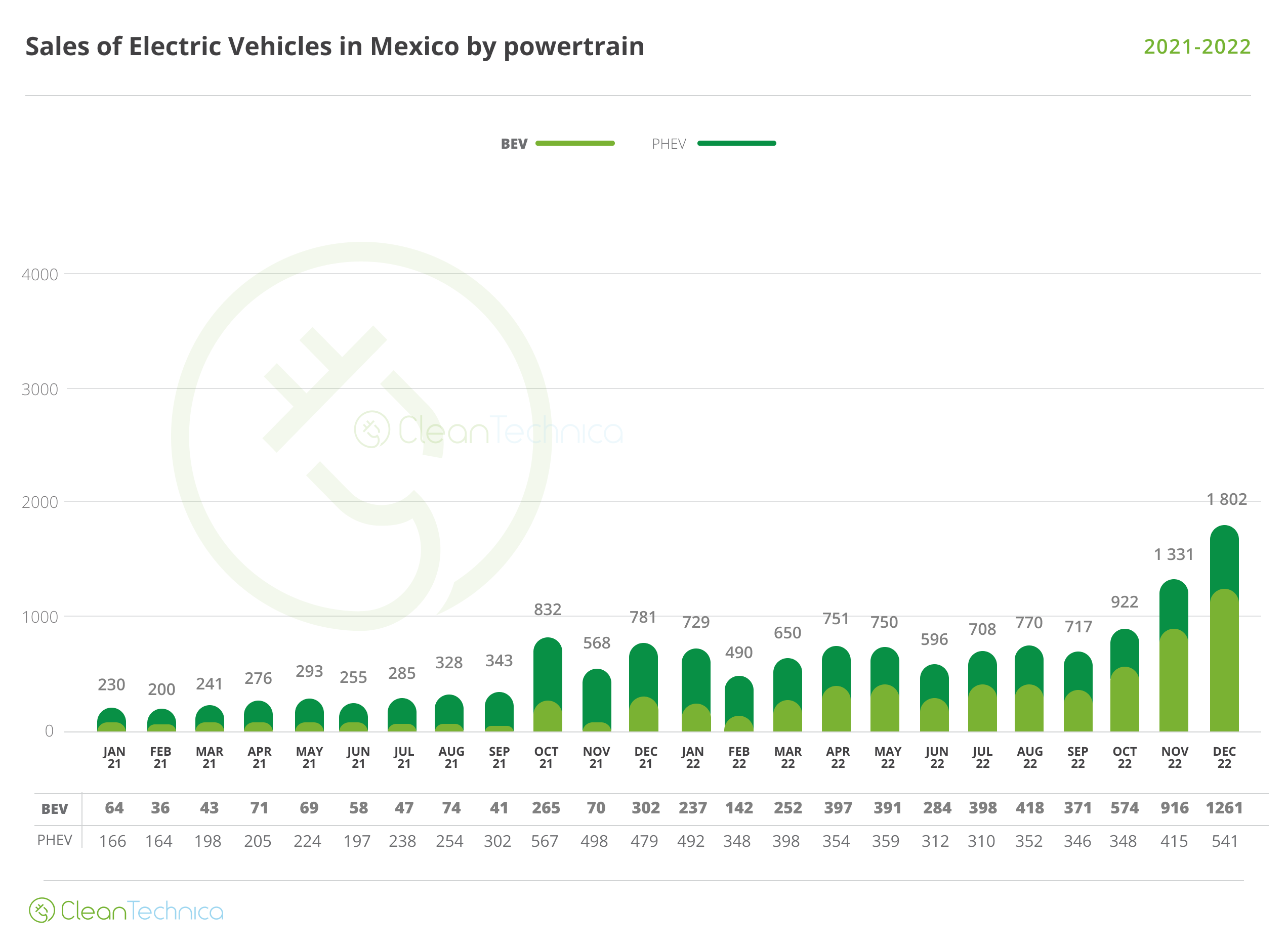Federal Resources Minister Madeleine King has placed nickel on the critical minerals list, giving nickel companies the opportunity to access billions in relief.
Since the list was updated on December 16 2023, several operating nickel facilities have either announced a reduction in operations or gone into care and maintenance.
Those hit by with mine closures include Andrew Forrest’s Wyloo, Glencore and IGO, with First Quantum Minerals, Chalice Mining and Panoramic Resources also feeling the crunch with scaled back operations.
BHP became the latest to join the ranks after it announced in January it would close part of its Kambalda processing operations.
On Friday the ABC reported the Big Australian is considering putting its Nickel West operations into care and maintenance, leaving thousands of jobs up in the air.
But the tide may be turning for Australia’s newest critical mineral.
King’s decision to place nickel on the list means companies will have access to financing through $4 billion in critical minerals grant programs such as the $40 million international partnerships program.
Such grants could have a major impact in helping operators weather the nickel downturn without their closing doors.
But King emphasised the nickel industry faces substantial structural challenges that cannot be addressed overnight.
“The international nickel price is forecast to stay relatively low through 2024, and likely for several years to come until the surplus of nickel in the market is corrected,” she said. “In the meantime, this puts further Australian nickel operations at risk.
“Given impacts to our domestic capacity and noting the broader market developments presently unfolding in the nickel sector, I am fully convinced that we must be proactive in addressing the recent developments, including by adding nickel to the critical minerals list.”
The move to define nickel as a critical mineral follows a round table held last month by King and Western Australian Minister for Mines David Michael, alongside peak nickel producers and bodies, to discuss challenges facing the industry.
The outcome saw Federal and state governments commit to accelerating nickel taxation and royalties incentivisation.
On Saturday, WA Premier Roger Cook announced a 50 per cent royalty relief program to kick in if the average price of nickel concentrate dips below $US20,000 per tonne.
The rebate will then be repayable by the companies in equal quarterly instalments over the following 24 months.
“We have some levers around royalty relief and royalty rebates, and we’re looking at all options in terms of how we can support the industry,” he said.
“Protecting local jobs is a key priority for my government, and we recognise retaining our value-add, critical minerals sector is a key part of our plan to diversify WA, and set it up for future success.”
The Association of Mining an Exploration Companies (AMEC) chief executive officer Warren Pearce welcomed the addition of nickel to the critical minerals list, and the ensuing relief packages, but said more must be done.
“There is no doubt this timely assistance from the WA state Government is welcomed by the nickel industry,” he said.
“We believe the next step is for the Commonwealth to introduce a Production Tax Credit (PTC), based on the Inflation Reduction Act (IRA) program already operating in the United States, which has been incredibly successful.
“A strong critical minerals industry is the backbone of the global energy transition. We look forward to further measures to ensure Australia remains competitive on a global scale.”
Subscribe to Australian Mining and receive the latest news on product announcements, industry developments, commodities and more.




